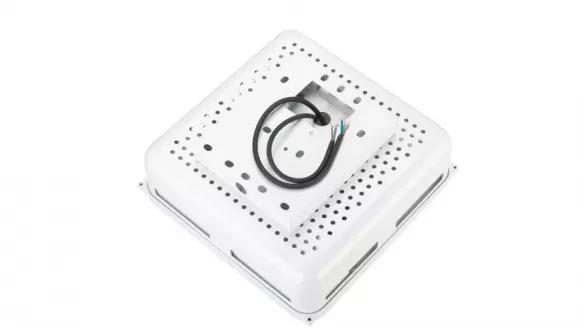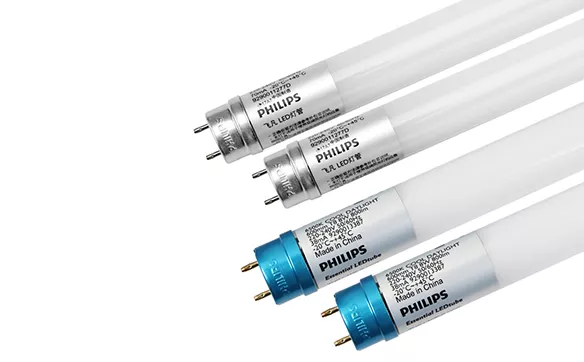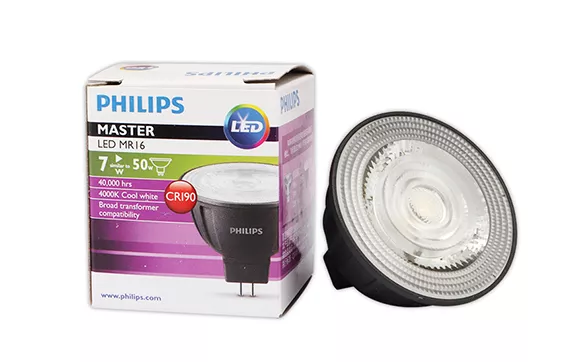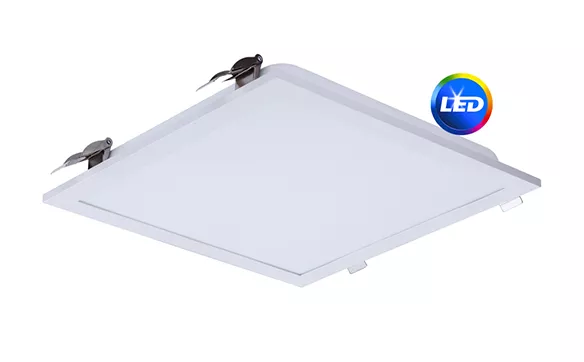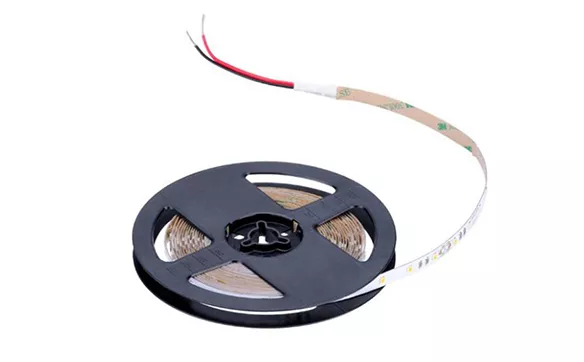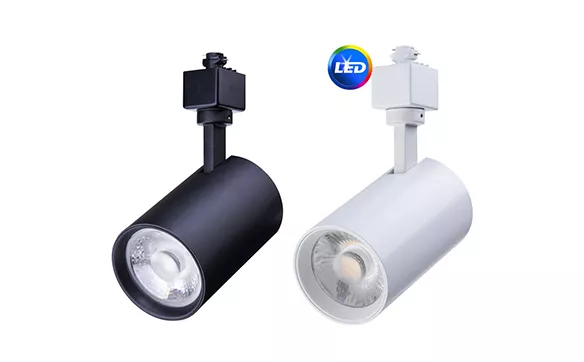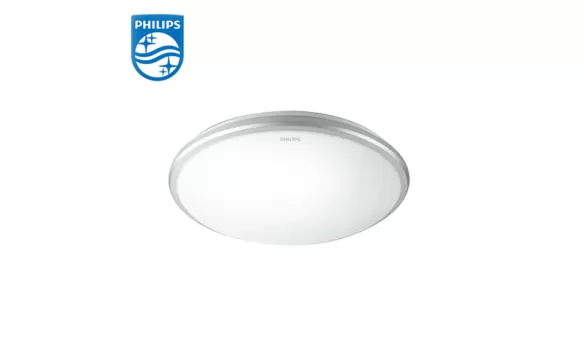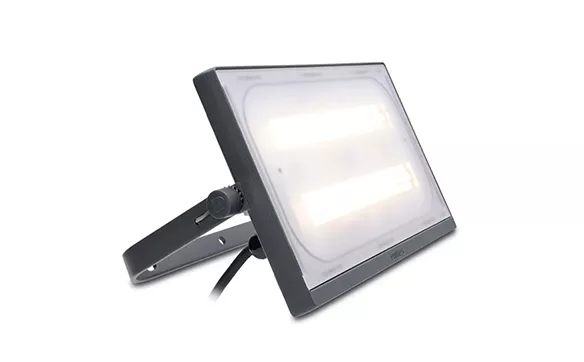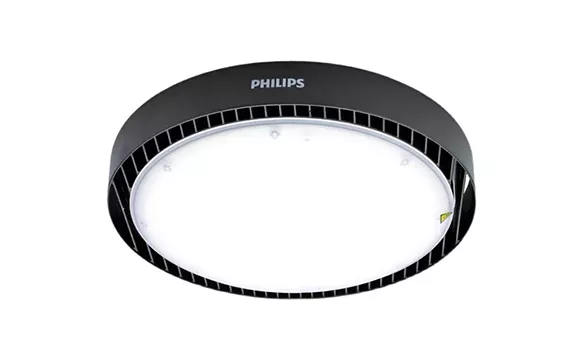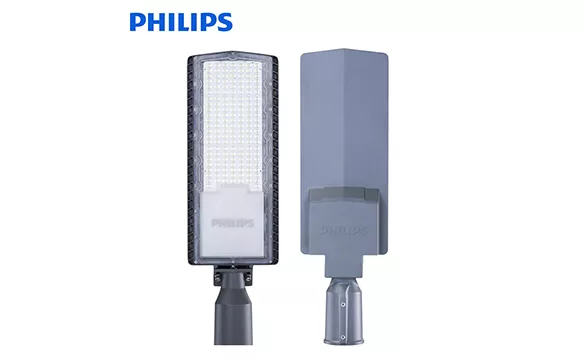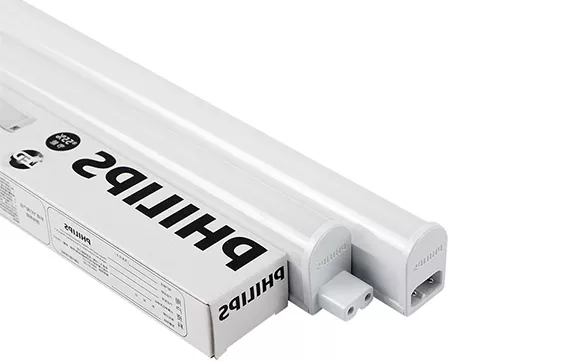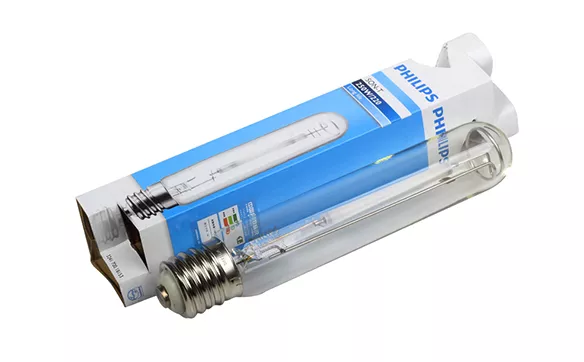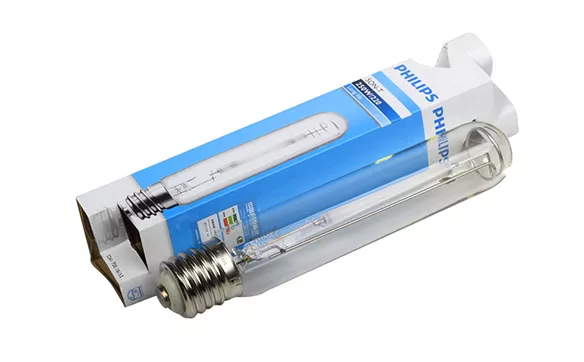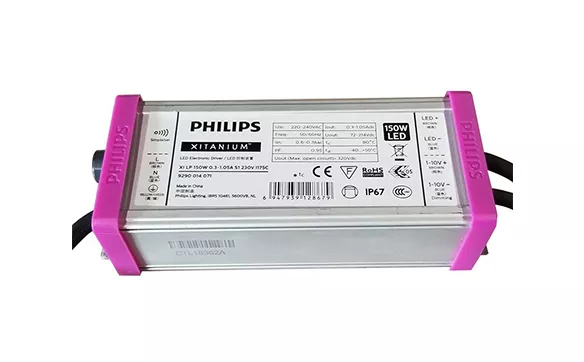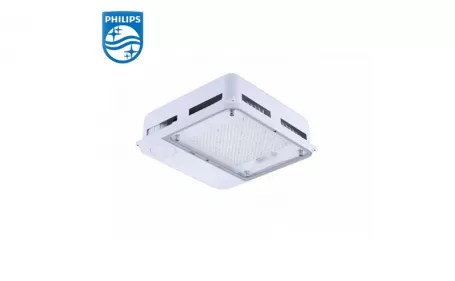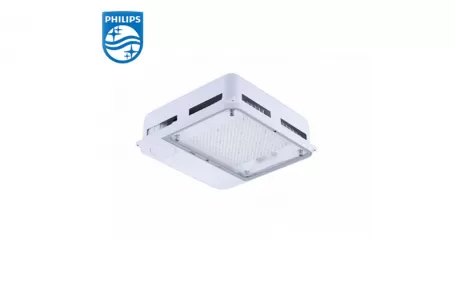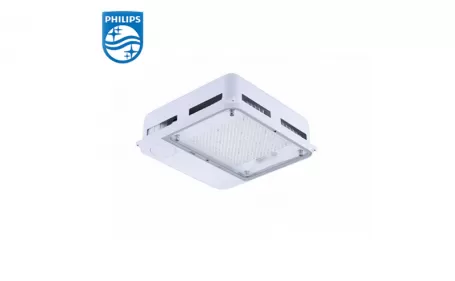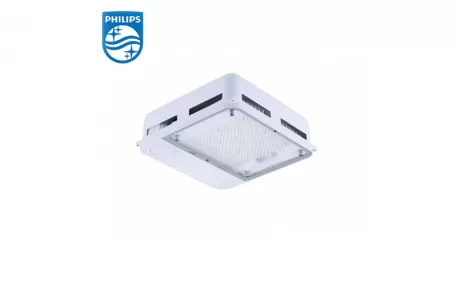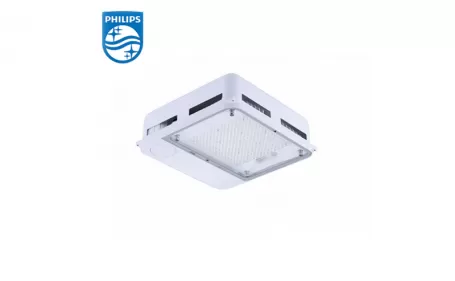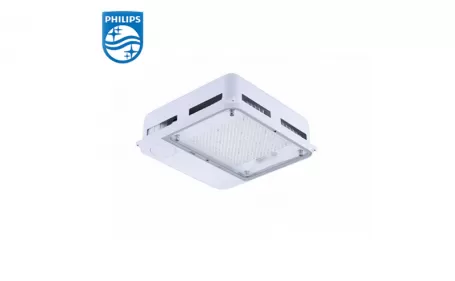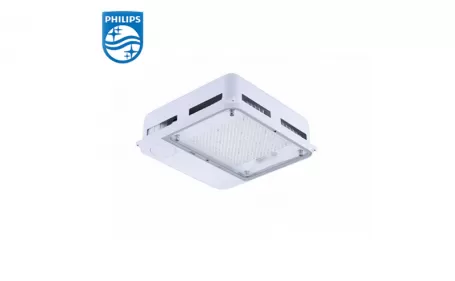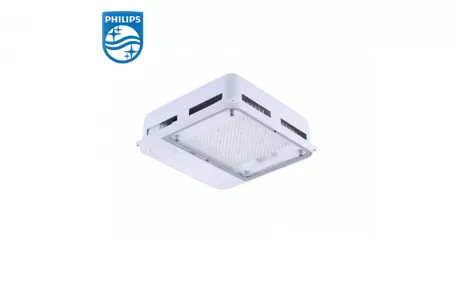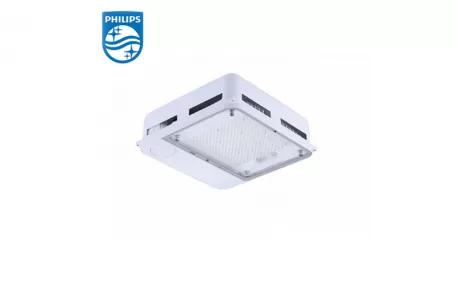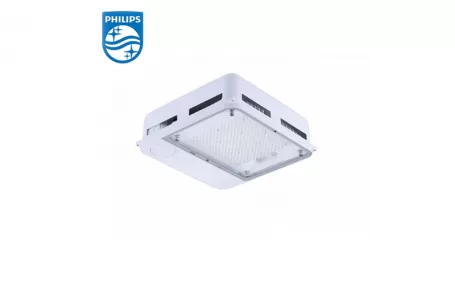Why Opt for Smart Building Lighting Systems?
The lighting system in a building ranks among the highest energy consumers, impacting operating costs and overall financial health of businesses. Moreover, it carries broader significance. Research from the International Energy Agency indicates that without targeted efficiency enhancements, energy demand in built environments is projected to surge by 50% by 2050. Implementing smart lighting systems presents a potent solution to curbing this energy demand and mitigating the environmental footprint of commercial buildings.
How Lighting Affects Occupant Comfort, Health, and Safety
Although the primary motive for installing smart building lighting systems is often cost reduction, this technology presents an opportunity to enhance occupant well-being by fostering safer, healthier, and more comfortable environments. Through the integration of IoT sensors and sophisticated analytics, intelligent lighting systems dynamically adapt illumination levels to cater to individual preferences, occupancy rates, natural light availability, and various environmental factors. This goes beyond mere convenience—as studies show, it directly influences human health.
- Lighting conditions that induce visual discomfort often result in eyestrain, leading to headaches, difficulty concentrating, and blurred vision.
- Lighting that doesn't match the time of day, such as bright lights at night or inadequate illumination during the day, can disturb your circadian rhythm. This disruption is linked to various health issues, including sleep disorders, mood swings, metabolic problems, weakened immune function, and even cancer.
Insufficient lighting can pose safety risks, increase accident rates, reduce productivity, and impact work quality, particularly for tasks demanding precision. Moreover, the choice of light bulb is crucial, not just the brightness level. According to a 2008 study, fluorescent lighting may induce health problems in 12-14% of the global population, including nausea, ADD/ADHD, dyslexia, stress, and migraines. This issue is especially prevalent among office workers.
Smart lighting systems help to ensure that lighting is appropriate for the environment, responsive to the changing needs of occupants, and doesn’t compromise health.

Retrofitting Older & Siloed Lighting Systems
In modern commercial construction, smart lighting systems are often integrated into building design. However, for many existing structures, incorporating these systems requires retrofitting with new technology, which comes with its own set of challenges.
When a building's lighting system isn't linked to the central building management system (BMS), it misses out on the potential for data sharing with other building systems, leading to missed optimization opportunities. Additionally, older smart building lighting systems need periodic updates; what may have been cutting-edge five years ago could now be outdated, lacking the advanced features necessary to align with current industry standards. For instance, newer systems offer the ability to tailor illumination across multiple zones based on various factors, whereas many older systems are limited to a single zone. This restricted functionality prevents fully leveraging the benefits of a smart building lighting system.
Optimizing Smart Lighting Solutions
Implementing a smart building lighting system offers numerous benefits, including energy savings, cost reduction, and enhanced comfort, health, and safety for occupants. However, achieving these benefits requires careful consideration.
Integrating any automated system, including lighting, demands meticulous planning, skilled contractors, and sometimes, customized software. Given the complexity and rapid evolution of modern automated lighting systems, professionals must possess not only experience but also a commitment to staying updated on emerging lighting technologies and building automation advancements.
Whether applied to new constructions or retrofit projects, two common challenges frequently encountered with smart building lighting solution are:
Challenges in Installation
Inexperienced installers often lack the necessary expertise to properly configure advanced lighting systems and controls. This can lead to issues such as malfunctioning motion sensors or incorrectly set timers. Similar to tuning an engine, a smart building's lighting system requires precise installation to realize its full potential.
LEDs and Smart Building Lighting Systems
While LED lighting offers energy efficiency, it can sometimes disrupt the building's wireless network. Certain types of LED bulbs have been found to interfere with wireless frequencies essential for communication between devices and building management systems in modern smart buildings. This interference can cause disruptions in highly networked environments and may necessitate the use of a power conditioner to mitigate electromagnetic interference.


